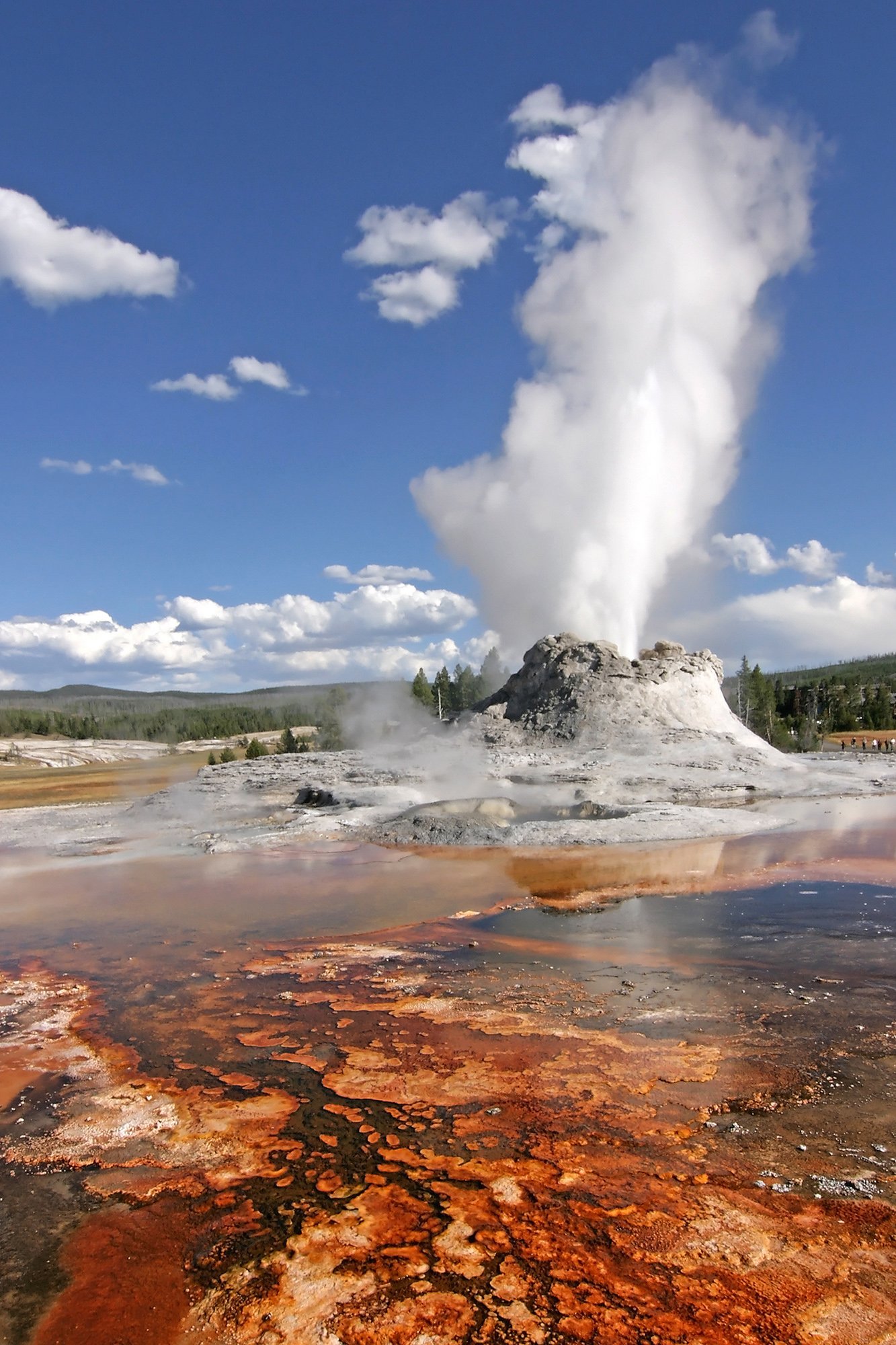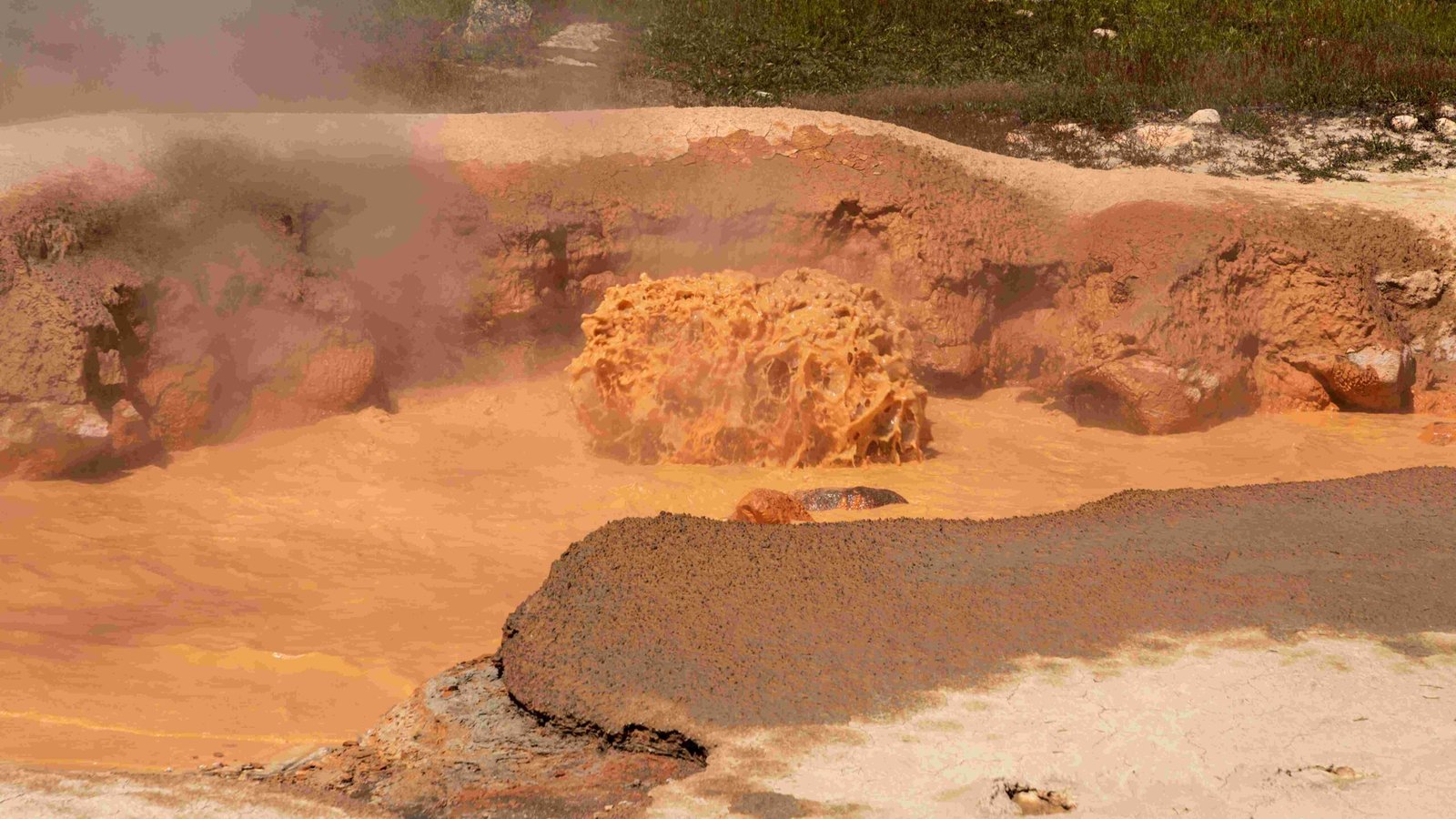The northwestern border of Yellowstone National Park offers a diverse array of activities for nature enthusiasts and adventure seekers. From scenic hiking trails and breathtaking viewpoints to wildlife watching opportunities and camping sites, this region provides a rich tapestry of experiences. Visitors can explore the unique geothermal features, observe diverse wildlife in their natural habitats, and immerse themselves in the park’s stunning landscapes.
What Are the Top Hiking Trails Near the Northwestern Border?

- Garnet Hill Trail
- Location: Tower Junction
- Length: 7-10 miles (route dependent)
- Difficulty: Moderate
- Elevation Gain: ~700 feet
-
Features: Historic stagecoach route, meadow views
-
Hellroaring Trail
- Location: Tower Junction
- Length: 4-6 miles (round trip)
- Difficulty: Moderate
- Elevation Gain: ~1,000 feet
-
Features: Descends to Yellowstone River, sagebrush plateau
-
Lost Lake Trail
- Location: Tower Junction
- Length: 2-4 miles (round trip)
- Difficulty: Easy to Moderate
- Elevation Gain: ~200 feet
-
Features: Lost Lake views, waterfowl, wildflowers
-
Slough Creek Trail
- Location: Near Tower Junction
- Length: 2-5 miles (one way)
- Difficulty: Moderate
- Elevation Gain: ~200 feet
-
Features: Historic wagon trail, wildlife sightings
-
Specimen Ridge Day Hike Trail
- Location: Near Tower Junction
- Length: 3-6 miles (round trip)
- Difficulty: Moderate
- Elevation Gain: ~1,000 feet
- Features: Views of Slough Creek Valley, Absaroka Range
Where Are the Best Scenic Viewpoints in the Northwestern Area?

Tower Falls
- Accessibility: Short walk from parking
- Parking: Ample
- Amenities: Restrooms, general store
- Features: 132-foot waterfall, stunning landscape views
Yellowstone River Picnic Area
- Accessibility: Short hike from parking
- Parking: Limited during peak season
- Amenities: Picnic tables, restrooms
- Features: River valley views, wildlife, unique geological formations
Mammoth Hot Springs
- Accessibility: Boardwalks and short trails
- Parking: Ample
- Amenities: Restrooms, visitor center, lodging
- Features: Complex hot springs, travertine formations
What Are the Prime Wildlife Watching Spots in the Northwestern Region?
| Location | Wildlife | Best Times | Guidelines |
|---|---|---|---|
| Slough Creek | Elk, bison, grizzly bears, wolves | Early morning, late evening | Keep 100 yards from bears/wolves, 25 yards from others |
| Hellroaring Creek | Elk, deer, bison, grizzly bears | Early morning, late evening | Follow park guidelines, use bear spray |
| Lamar Valley | Wolves, grizzly bears, bison, elk | Early morning, late evening | Maintain safe distances, adhere to park rules |
Which Camping Sites Are Available Near the Northwestern Border?
- Mammoth Campground
- Location: Near Mammoth Hot Springs
- Capacity: 85 sites
- Reservations: First-come, first-served
- Amenities: Restrooms, water, picnic tables
-
Availability: Year-round (limited winter services)
-
Slough Creek Campground
- Location: Near Tower Junction
- Capacity: 29 sites
- Reservations: First-come, first-served
- Amenities: Restrooms, seasonal water, picnic tables
-
Availability: Mid-May to mid-October
-
Tower Fall Campground
- Location: Near Tower Junction
- Capacity: 32 sites
- Reservations: First-come, first-served
- Amenities: Restrooms, seasonal water, picnic tables
- Availability: Mid-May to late September
What Unique Geothermal Features Can Be Explored in the Northwestern Area?
The northwestern border of Yellowstone National Park is home to some of the most fascinating geothermal features in the world. Mammoth Hot Springs stands out as a prime example, offering visitors a chance to witness the dynamic process of travertine formation. The area boasts a series of terraced hot springs that create an otherworldly landscape of steaming pools and mineral-rich formations.
Visitors can explore the Upper and Lower Terraces via boardwalks, observing the ever-changing colors and textures of the hot springs. The Liberty Cap, a 37-foot tall hot spring cone, serves as a testament to the area’s long history of geothermal activity.
How Can Visitors Best Experience the Cultural Heritage of the Northwestern Region?
The northwestern border of Yellowstone offers rich cultural experiences that complement its natural wonders:
-
Historic Fort Yellowstone: Located in the Mammoth Hot Springs area, this former U.S. Army post now serves as the park headquarters. Visitors can take self-guided tours to learn about the park’s early days and the role of the military in its preservation.
-
Mammoth Hot Springs Hotel: This historic hotel, built in 1936, offers a glimpse into the park’s architectural heritage. Its Map Room features a remarkable wooden map of the United States made from 15 different types of wood.
-
Roosevelt Arch: Situated at the North Entrance in Gardiner, Montana, this iconic stone arch was dedicated by President Theodore Roosevelt in 1903. It bears the inscription “For the Benefit and Enjoyment of the People,” encapsulating the park’s mission.
-
Native American History: The area has a rich Native American heritage. Visitors can learn about the various tribes that have called this region home for thousands of years through interpretive displays and ranger-led programs.
What Are the Best Photography Opportunities in the Northwestern Border Area?
The northwestern border of Yellowstone offers numerous photographic opportunities for both amateur and professional photographers:
- Wildlife Photography:
- Lamar Valley: Known as America’s Serengeti, it’s ideal for capturing images of bison, wolves, and elk.
-
Slough Creek: Offers chances to photograph grizzly bears and wolves in their natural habitat.
-
Landscape Photography:
- Mammoth Hot Springs: The terraced hot springs provide unique compositions, especially during golden hour.
-
Tower Fall: The 132-foot waterfall surrounded by volcanic pinnacles offers dramatic shots.
-
Geothermal Feature Photography:
- Canary Spring: One of the most photogenic features at Mammoth Hot Springs.
-
Palette Spring: Known for its vibrant colors and intricate patterns.
-
Night Sky Photography:
- Blacktail Deer Plateau: Offers clear, dark skies perfect for astrophotography.
- Mammoth Hot Springs: The steam from the hot springs can create interesting effects under starlight.
Remember to respect wildlife and stay on designated trails when photographing. Always prioritize safety and follow park regulations.
What Seasonal Activities Are Available in the Northwestern Border Region?
The northwestern border of Yellowstone offers unique experiences throughout the year:
Spring (April-May)
- Wildlife viewing as animals emerge from winter
- Wildflower blooming in meadows
- Snowmelt creates dramatic waterfalls
Summer (June-August)
- Hiking and backpacking on all trails
- Fishing in rivers and streams
- Ranger-led programs and interpretive walks
Fall (September-October)
- Fall foliage viewing, especially aspens
- Elk rutting season with bugling bulls
- Less crowded trails for hiking
Winter (November-March)
- Cross-country skiing and snowshoeing
- Winter wildlife viewing (wolves, bison)
- Snowcoach tours to Mammoth Hot Springs
Each season offers its own charm and unique opportunities for exploration and discovery in this diverse region of Yellowstone National Park.
References:
1. https://www.nps.gov/tripideas/day-hikes-in-the-tower-area.htm
2. https://www.nps.gov/yell/planyourvisit/hiking.htm
3. https://chasingtrailblog.com/yellowstone-north-entrance-guide/

